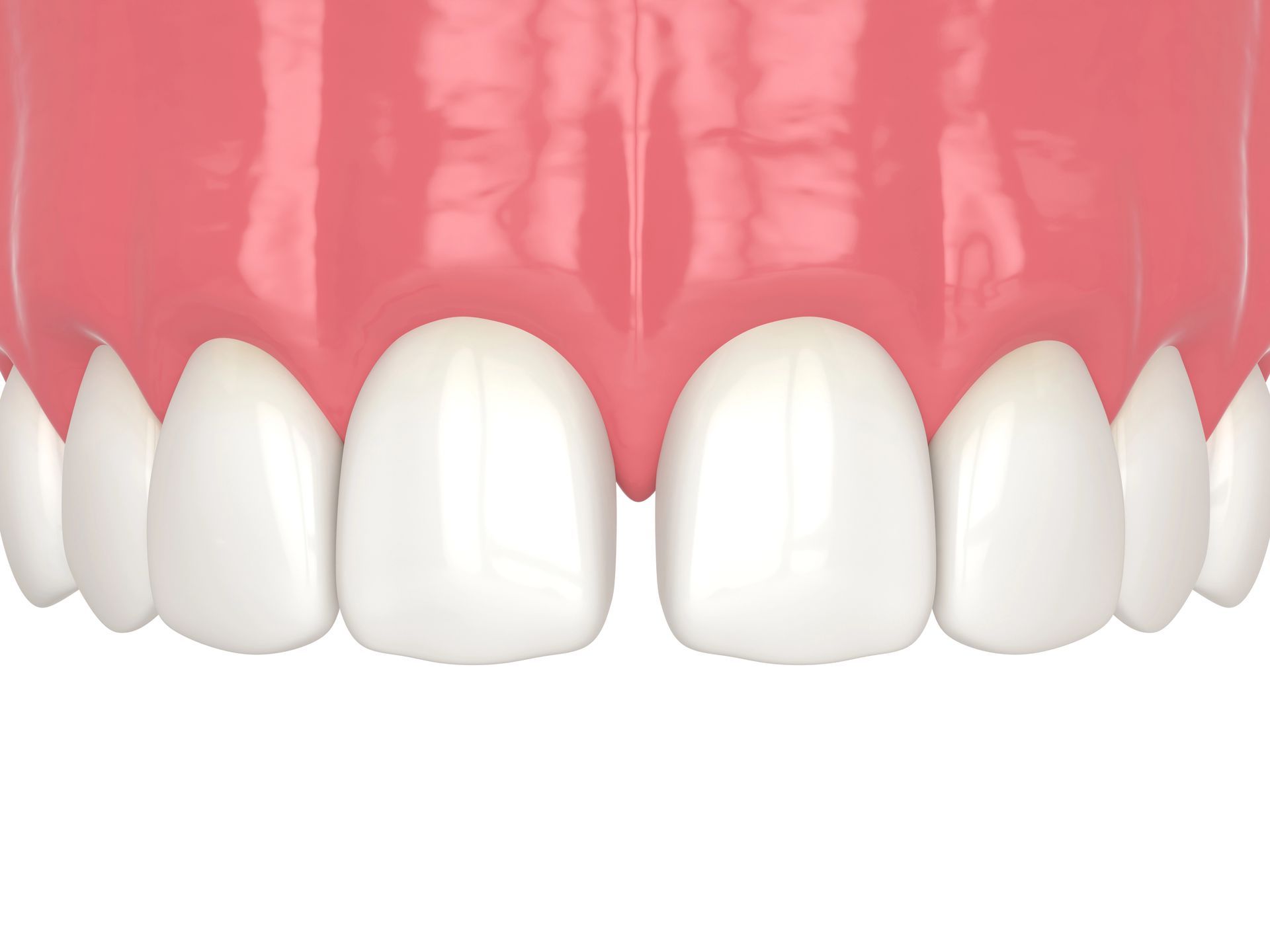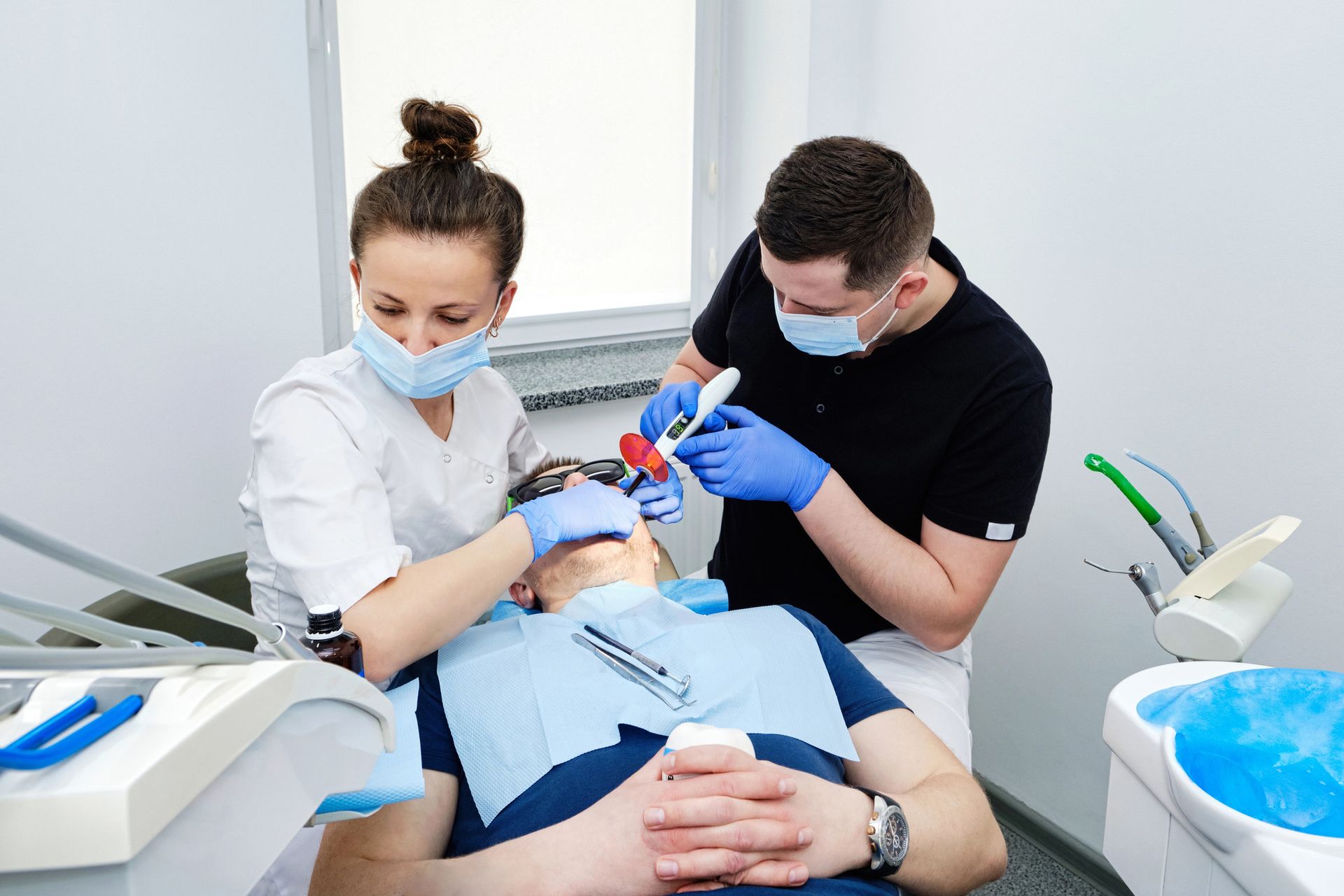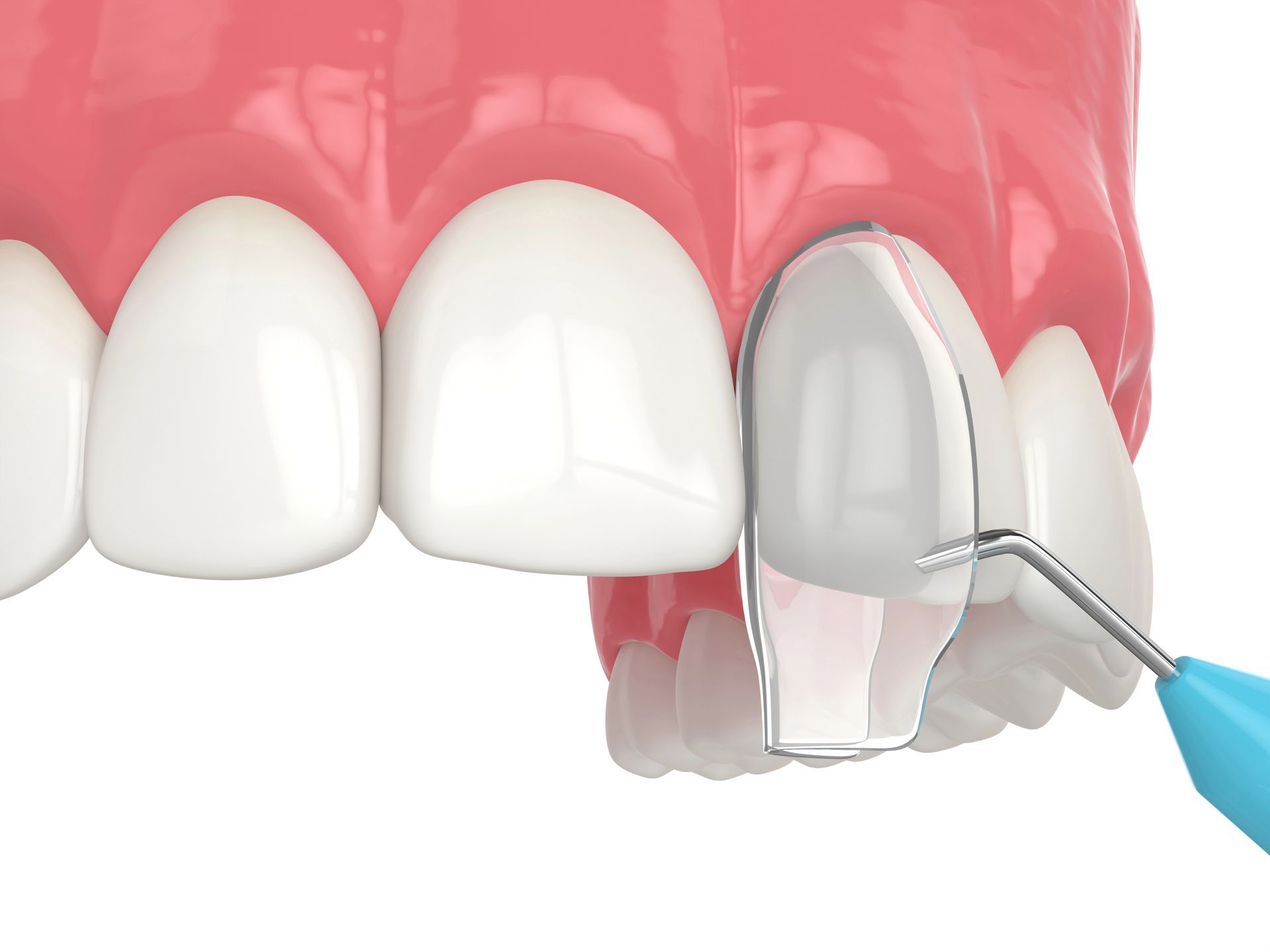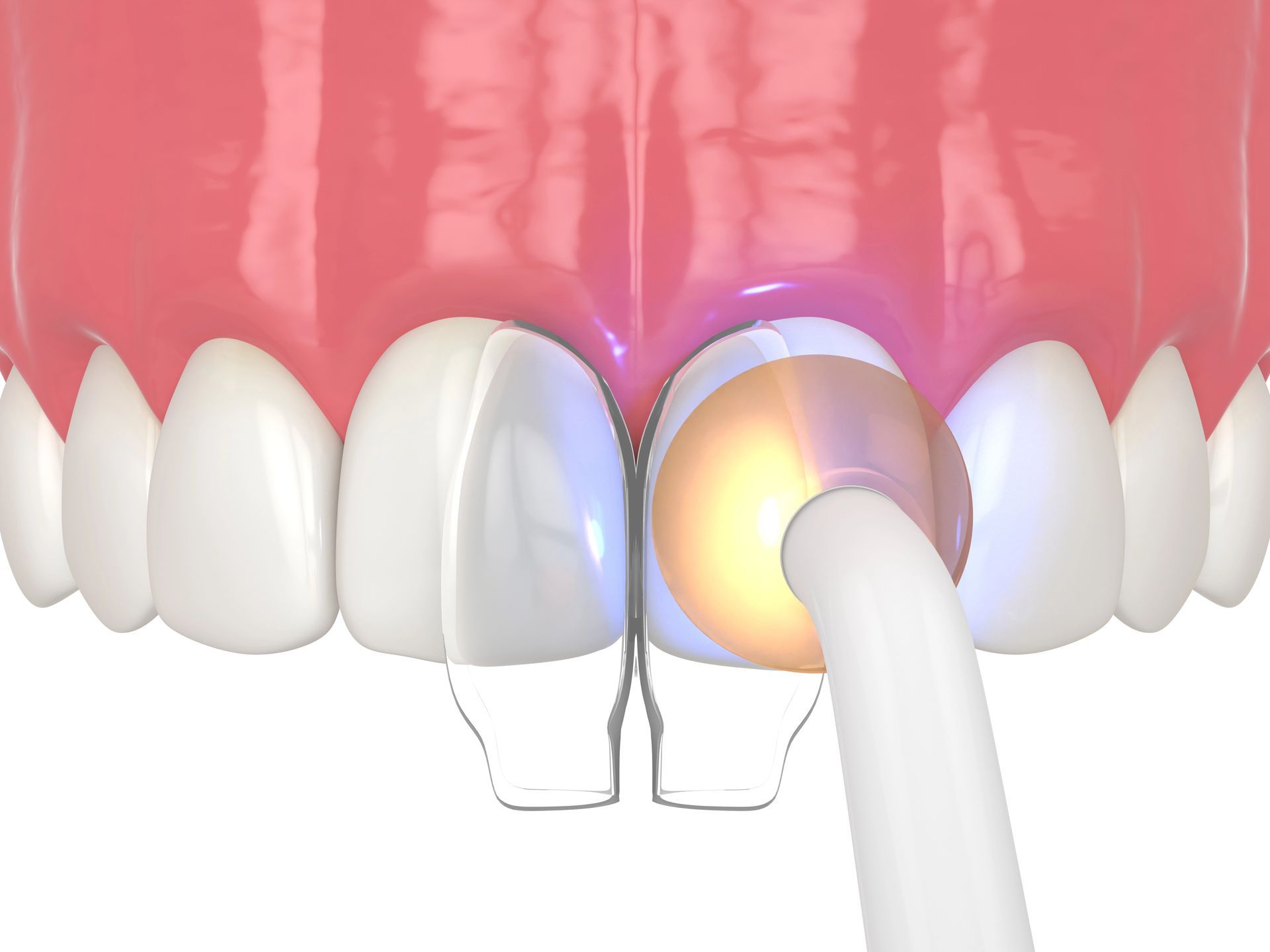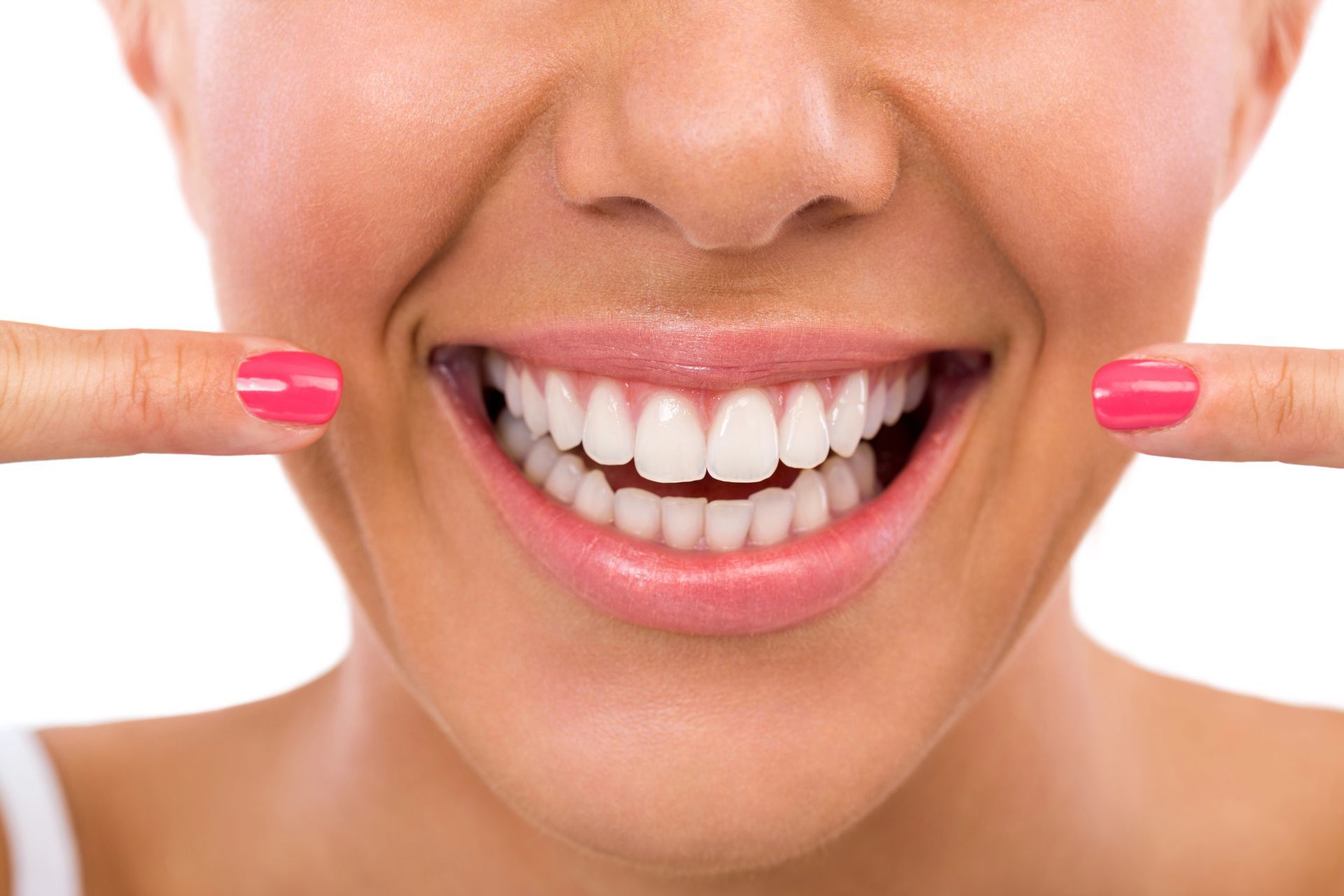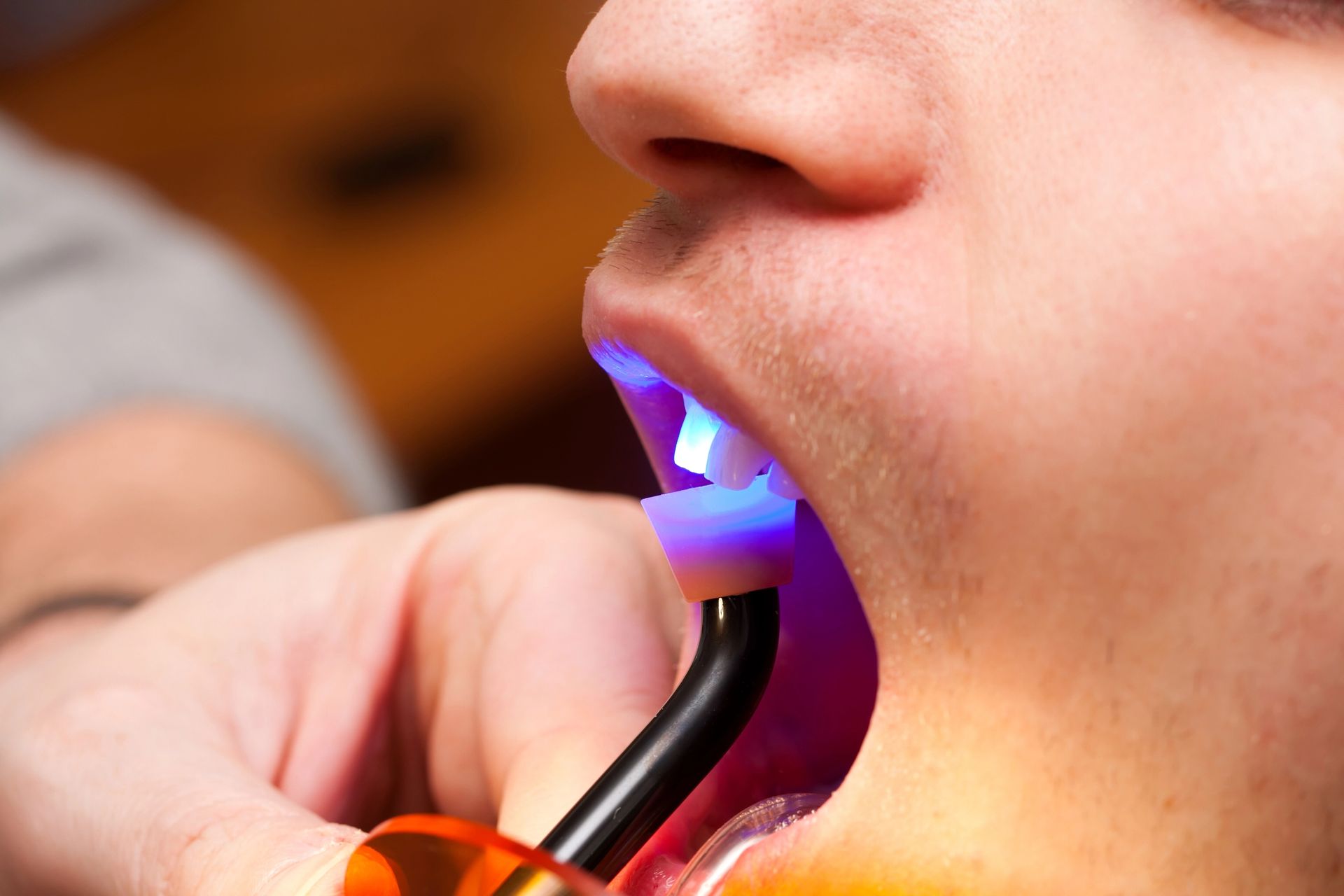
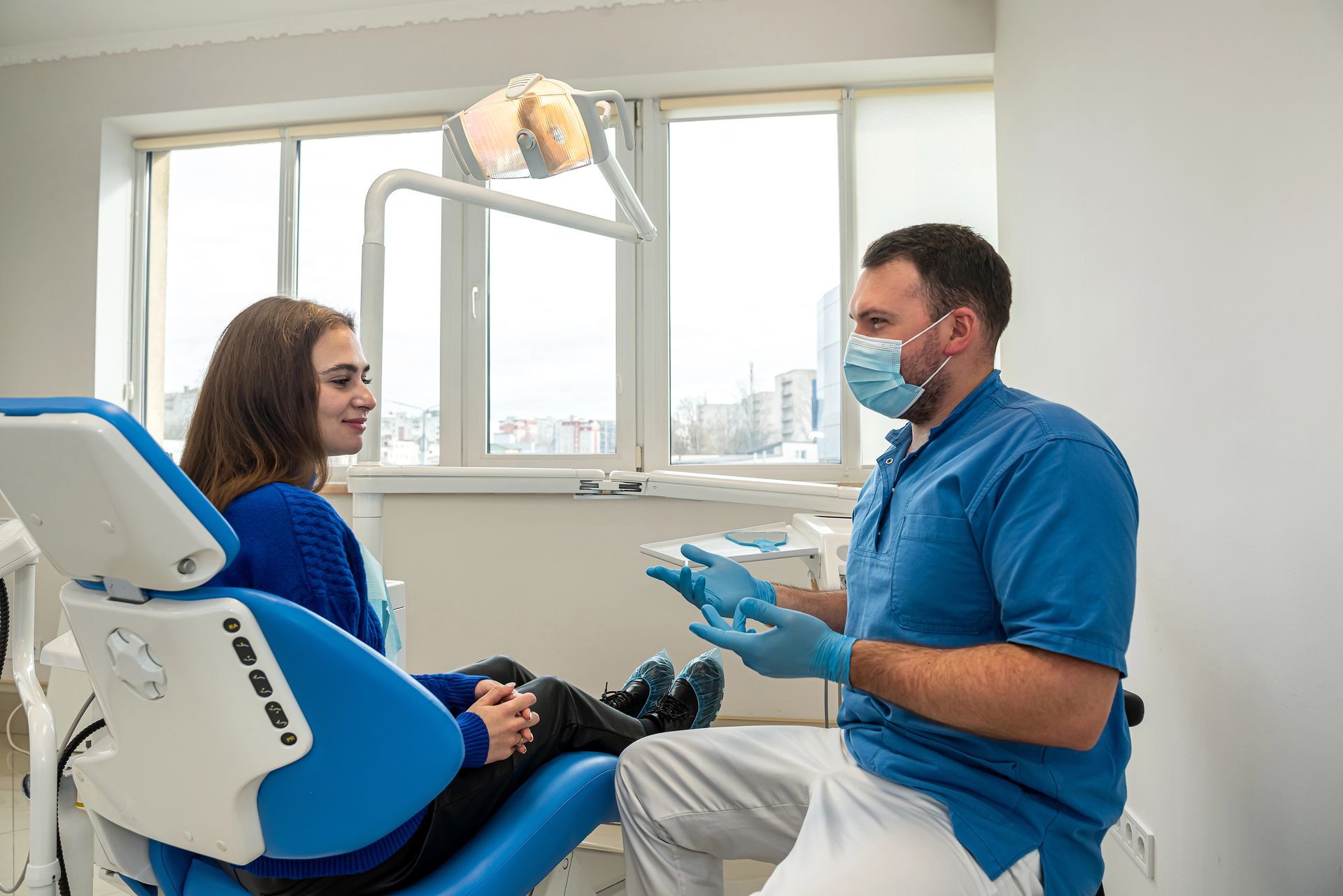
Cosmetic Bonding for Chipped Front Tooth
Understanding cosmetic bonding basics is essential for anyone considering this procedure to address a chipped front tooth. Cosmetic bonding involves applying a tooth-colored resin to the affected area, which is then shaped and polished to match the surrounding teeth. This process not only restores the appearance of the tooth but also enhances its strength and functionality. The procedure is typically quick and can be completed in a single visit, making it a convenient option for those looking to improve their smile. The materials used in cosmetic bonding for chipped front tooth are designed to blend seamlessly with natural teeth, ensuring a discreet and aesthetically pleasing result. This technique is versatile and can be used to address various dental imperfections beyond chips, such as gaps or discoloration. For more insights into the experiences of others who have undergone this procedure, you can explore [Cosmetic Tooth Bonding Reviews: Real Patient Experiences](/cosmetic-tooth-bonding-reviews/).Causes of Chipped Front Teeth
Chipped front teeth can occur due to a variety of reasons, often impacting one's smile and confidence. Common causes include accidental falls, sports injuries, or biting down on hard objects like ice or candy. Additionally, teeth grinding, also known as bruxism, can weaken the enamel over time, making teeth more susceptible to chipping. Poor dental hygiene and untreated cavities can also contribute to the weakening of tooth structure, increasing the likelihood of chips and cracks. Understanding the causes of chipped front teeth is essential for maintaining oral health and preventing further damage. Cosmetic bonding for chipped front tooth issues can be an effective solution to restore the appearance and function of your smile. For those seeking professional assistance, consider visiting Expert Tooth Bonding Columbia for more information on how cosmetic bonding can help you regain your confidence.Benefits of Cosmetic Bonding
Cosmetic bonding for chipped front tooth offers a range of benefits that can significantly enhance your smile and boost your self-esteem. This procedure is a quick and effective solution to restore the natural appearance of your teeth, providing a seamless blend with your existing tooth color and shape. The process is minimally invasive, preserving most of your natural tooth structure while delivering immediate results. Additionally, cosmetic bonding is a cost-effective option compared to other dental procedures, making it accessible for those looking to improve their dental aesthetics without extensive treatments.Cosmetic Bonding Procedure Overview
Cosmetic bonding for a chipped front tooth is a straightforward and effective procedure that can significantly enhance your smile. During the process, a tooth-colored resin is applied to the affected area, sculpted to match the natural shape of your tooth, and then hardened with a special light. This technique not only restores the appearance of your tooth but also strengthens it, providing a seamless and durable solution. The entire procedure is typically completed in one visit, making it a convenient option for those looking to quickly improve their dental aesthetics. For more information on cosmetic bonding and other dental services, visit Design Dentistry Columbia, your trusted Columbia Dentist.Longevity of Cosmetic Bonding
Cosmetic bonding for a chipped front tooth is a popular choice for many seeking to restore their smile, but understanding its longevity is crucial. Typically, cosmetic bonding can last several years, depending on factors such as oral hygiene and lifestyle habits. While it is not as durable as some other dental solutions, it offers a quick and effective way to address minor imperfections. Regular dental check-ups can help monitor the condition of the bonding, ensuring that your smile remains intact and your confidence stays high.Comparing Bonding with Other Treatments
When considering cosmetic bonding for a chipped front tooth, it's important to understand how it compares to other dental treatments. Unlike veneers or crowns, which often require more extensive preparation and alteration of the natural tooth, cosmetic bonding is a less invasive option that can quickly restore the appearance of a chipped tooth. While veneers and crowns may offer longer-lasting results, cosmetic bonding provides a more immediate and cost-effective solution for those seeking to enhance their smile without significant dental work.Common Myths About Cosmetic Bonding
Cosmetic bonding for chipped front tooth is often surrounded by misconceptions that can deter individuals from considering this effective solution. One common myth is that cosmetic bonding is a temporary fix, when in reality, it can last for several years with proper care. Another misconception is that the procedure is painful, but most patients find it to be a comfortable experience. Some believe that cosmetic bonding for chipped front tooth will not match the natural tooth color, yet advancements in dental materials allow for a seamless blend with your existing teeth. Understanding these myths can help you make informed decisions about your dental health.Aftercare for Bonded Teeth
Proper aftercare is essential to maintain the longevity and appearance of cosmetic bonding for a chipped front tooth. It's important to be mindful of habits that could affect the bonded area, as this can help preserve the natural look and function of your smile. Regular dental check-ups and maintaining good oral hygiene are crucial in ensuring that the cosmetic bonding remains intact and continues to enhance your confidence.Psychological Impact of Dental Appearance
The appearance of one's teeth can significantly influence self-esteem and social interactions, making dental aesthetics a crucial aspect of personal confidence. A chipped front tooth can lead to feelings of embarrassment or self-consciousness, affecting how individuals perceive themselves and how they are perceived by others. Cosmetic bonding for chipped front tooth issues can play a vital role in restoring not just the physical appearance but also the emotional well-being of those affected, helping them regain their confidence and improve their overall quality of life.Conclusion
Cosmetic bonding for chipped front tooth can help restore your confidence; call 803-573-4577 or read reviews on Google Maps to learn more.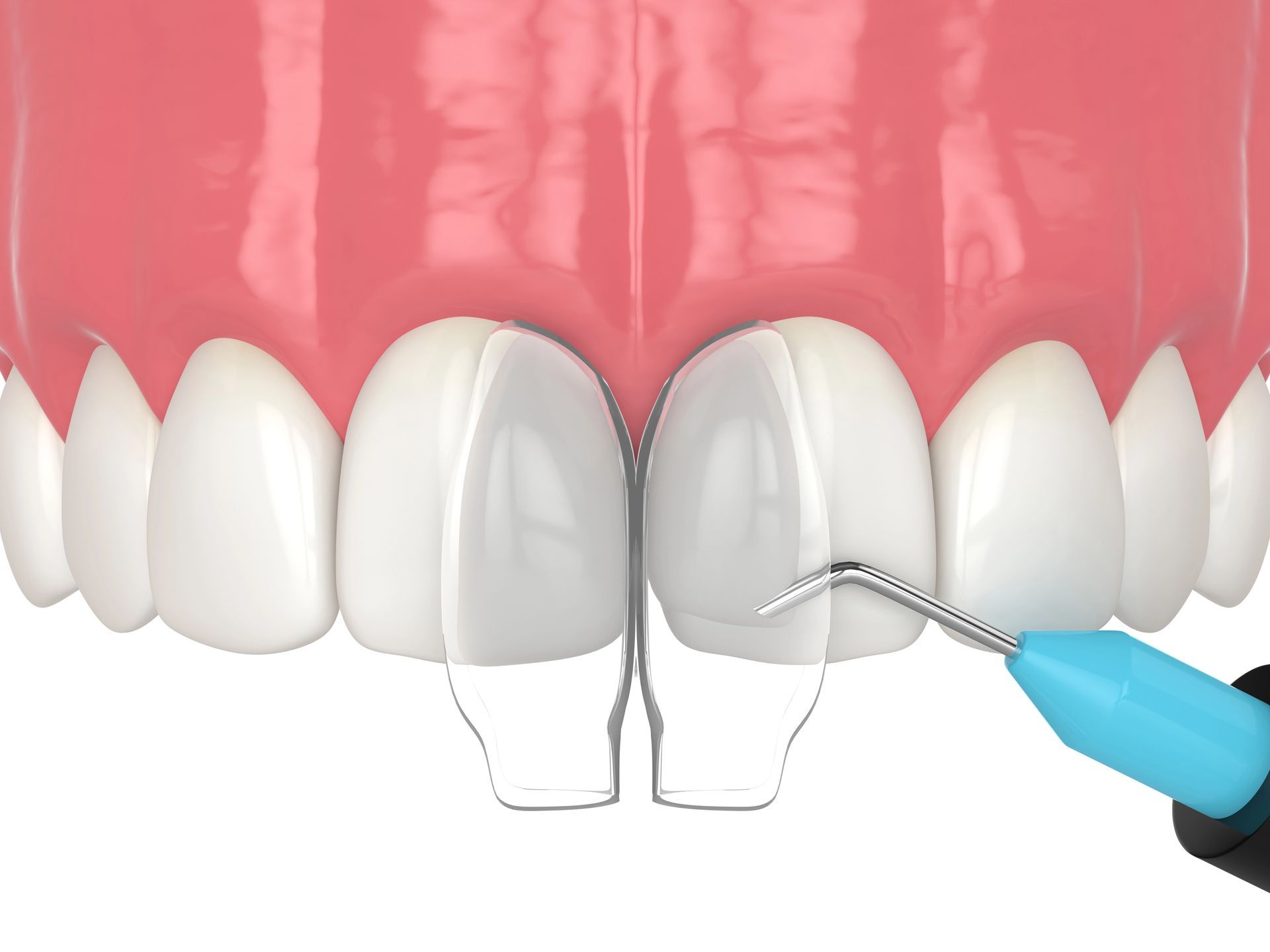
Cosmetic Tooth Bonding for Gaps
Closing tooth gaps can significantly enhance the overall appearance of your smile, boosting confidence and self-esteem. Cosmetic tooth bonding for gaps is a straightforward procedure that can create a more uniform and aesthetically pleasing dental appearance. By filling in the spaces between teeth, this method helps achieve a seamless look, making your smile appear more harmonious and attractive. Additionally, addressing tooth gaps can contribute to better oral health. Gaps can sometimes lead to food particles getting trapped, which may increase the risk of plaque buildup and gum issues. By opting for cosmetic tooth bonding for gaps, individuals can potentially reduce these risks while enjoying the benefits of a more aligned smile. For those interested in learning more about this procedure, visit our page on Cosmetic Tooth Bonding Columbia .The Bonding Procedure Explained
Cosmetic tooth bonding is a straightforward procedure designed to enhance the appearance of your smile by addressing gaps between teeth. During the process, a dentist applies a tooth-colored resin to the affected area, which is then molded and shaped to achieve the desired look. The resin is hardened using a special light, effectively bonding it to the tooth's surface. This technique allows for a seamless integration with your natural teeth, resulting in a more uniform and aesthetically pleasing smile. The entire procedure is typically completed in one visit, making it a convenient option for those seeking quick improvements.Comparing Bonding to Other Methods
When considering cosmetic tooth bonding for gaps, it's essential to understand how it compares to other dental procedures. Unlike veneers, which require more extensive preparation and are often more costly, bonding is a straightforward process that can be completed in a single visit. Orthodontic treatments like braces or aligners may take months or even years to close gaps, whereas bonding offers immediate results. Additionally, while crowns cover the entire tooth, bonding focuses on specific areas, making it a less invasive option. For those exploring options in the area, Design Dentistry Columbia provides insights into various dental solutions, and you can learn more by visiting your local Columbia Dentist .Ideal Candidates for Tooth Bonding
Cosmetic tooth bonding for gaps is an excellent option for individuals looking to enhance their smile by closing small spaces between teeth. Ideal candidates are those with minor gaps or chips in their teeth who desire a quick and non-invasive solution. This procedure is suitable for people who have healthy teeth and gums but wish to improve the aesthetic appearance of their smile without undergoing extensive dental work.Longevity of Bonded Teeth
Cosmetic tooth bonding for gaps is a popular choice for enhancing smiles, but many wonder about the longevity of bonded teeth. Generally, bonded teeth can last several years with proper care, although the exact duration can vary based on individual habits and oral hygiene. While cosmetic tooth bonding for gaps provides an immediate aesthetic improvement, it's important to be mindful of factors that may affect its durability, such as dietary choices and oral health practices. Regular dental check-ups can help maintain the appearance and function of bonded teeth over time.Maintaining Your Bonded Smile
After undergoing cosmetic tooth bonding for gaps, it's important to focus on maintaining the appearance and longevity of your enhanced smile. This procedure can significantly improve the aesthetics of your teeth, but keeping your bonded smile in optimal condition requires attention to daily habits and lifestyle choices. Regular dental check-ups and mindful oral hygiene practices play a crucial role in preserving the results of cosmetic tooth bonding for gaps, ensuring that your smile remains as captivating as the day it was transformed.Common Myths About Tooth Bonding
Cosmetic tooth bonding for gaps is often surrounded by misconceptions that can deter individuals from considering this effective dental solution. One common myth is that tooth bonding is a temporary fix, when in reality, it can last for several years with proper care. Another misconception is that the bonding material will not match the natural teeth, but advancements in dental technology have made it possible to achieve a seamless blend. Some people also believe that cosmetic tooth bonding for gaps is a painful procedure, yet it is typically painless and minimally invasive. Understanding these myths can help individuals make informed decisions about enhancing their smiles.The Science Behind Tooth Bonding
Cosmetic tooth bonding for gaps involves a straightforward process where a tooth-colored resin is applied to the teeth to close spaces and enhance the overall appearance of the smile. This resin is carefully molded and shaped to match the natural contours of the teeth, then hardened using a special light that bonds the material securely to the tooth surface. The result is a seamless integration that not only improves aesthetics but also maintains the structural integrity of the teeth, making cosmetic tooth bonding for gaps an effective solution for those seeking a more uniform smile.Conclusion
Cosmetic tooth bonding for gaps can transform your smile effortlessly; call 803-258-6084 or check out our reviews on Google Maps .Are you curious about what happens during a tooth filling procedure? This guide will walk you through the basic steps involved, from the initial examination to the final shaping and polishing of the filling, providing a clear understanding of the process.
Tooth Filling Procedure: Identifying the Need for a Filling
Recognizing when a tooth filling is necessary typically begins with understanding the common signs and symptoms that indicate tooth decay or damage. When bacteria in the mouth produce acid that begins to erode the tooth enamel, it can lead to cavities. These cavities, if left untreated, may cause pain, sensitivity to hot or cold, and visible holes or pits in the affected tooth. During regular dental check-ups, dentists use various tools and techniques to examine the teeth for these signs, ensuring that any decay is caught early and can be addressed with a tooth filling procedure.
For individuals concerned about the financial aspect of dental treatments, understanding the costs involved is crucial. How much do tooth fillings cost? This question is common among patients considering this type of dental procedure, and the answer varies depending on factors like the extent of decay and the materials used for the filling.
Types of Filling Materials Available
When undergoing a tooth filling procedure, patients have several options regarding the materials used to fill cavities. The most commonly used materials include dental amalgam, which is known for its durability and strength, and composite resins that can be matched to the natural color of your teeth for a more aesthetic appearance. Other materials such as gold, porcelain, and glass ionomer are also available, each offering unique benefits in terms of aesthetics, strength, and compatibility.
Choosing the right material for a tooth filling procedure depends largely on the location of the cavity, the extent of the decay, and individual patient needs. Each material has specific properties that make it suitable for different situations in dental care. For more detailed information on the types of materials used in fillings, consider visiting Quality Tooth Fillings, Columbia.
Preparing for the Dentist Appointment
When scheduling a dentist appointment for a tooth filling procedure, it's important to ensure that all necessary personal information and health history are up-to-date. This includes any changes in dental health or overall health since the last visit. Confirming the appointment date and time with the dental office can also help ensure that there are no misunderstandings about when the tooth filling procedure is set to take place.
Examination and Decay Removal Process
The initial stage of the tooth filling procedure involves a thorough examination where the dentist assesses the extent of decay. This is crucial to determine the appropriate treatment plan. Following the examination, the decay removal process begins, where the dentist carefully removes the decayed material from the tooth, ensuring that only healthy tooth structure remains. This step is essential to prevent further decay and to prepare the tooth for the subsequent filling. For those in Columbia looking for a professional dental service, consider visiting Design Dentistry Columbia, your trusted Columbia Dentist.
Cleaning the Cavity Area
Before a tooth filling is placed, the dentist ensures that the cavity area is thoroughly cleaned. This step involves removing decayed tissue and any debris from the affected tooth. The cleaning process is crucial as it prepares the tooth for the filling material, ensuring that the restoration adheres properly and the risk of further decay is minimized. This cleaning helps create a clean environment for the subsequent steps of the filling procedure.
Filling the Cavity
Once the dentist has prepared the tooth, the next step in the tooth filling procedure is to fill the cavity. This involves carefully placing a filling material—such as composite resin, amalgam, or porcelain—into the cleaned-out cavity to restore the tooth's structure and function. The material is then shaped to match the contours of your tooth, ensuring a comfortable bite. This crucial step not only prevents further decay but also restores the tooth's aesthetic appearance, making it a key component of maintaining oral health.
Shaping and Polishing the Filling
Once the tooth filling material is securely in place, the next crucial step in the tooth filling procedure is shaping and polishing the filling. This phase ensures that the filling fits comfortably with the bite and feels smooth, just like your natural teeth. The dentist meticulously sculpts the filling to match the contours of your tooth, eliminating any excess material. Following this, a series of fine polishing tools are used to smooth the surface, enhancing both the appearance and function of the tooth. This careful attention to detail not only improves the filling's durability but also prevents food particles from getting trapped, thereby maintaining oral hygiene.
Post-procedure Care and Recovery
After completing your tooth filling procedure, it's crucial to follow specific care guidelines to ensure a smooth recovery and maintain the longevity of the filling. Initially, you may experience sensitivity to hot and cold temperatures, which should subside within a few days. Avoid chewing directly on the newly filled tooth for at least 24 hours if you received a silver amalgam filling, allowing it to set completely. For composite fillings, you can chew immediately after the procedure but proceed with caution. Maintain good oral hygiene by brushing gently around the filled tooth and flossing daily, but be careful not to dislodge the new filling. If pain or sensitivity persists beyond a few days, consult your dentist to ensure there are no further issues related to the tooth filling procedure.
Follow-up Visits and Monitoring
After completing a tooth filling procedure, follow-up visits and monitoring are crucial to ensure the longevity and success of your dental treatment. During these appointments, your dentist will check the integrity of the filling, assess for any decay or leakage, and monitor your overall oral health. Regular check-ups help in early detection of potential issues that could compromise the tooth filling procedure. These visits also provide an opportunity to adjust any misalignments and to reinforce good oral hygiene practices. Keeping up with these follow-up appointments is essential for maintaining dental health and ensuring the durability of your fillings.
Conclusion
Understanding the tooth filling procedure can help alleviate any concerns you might have. If you need further information, feel free to call us at 803-573-4577 or read our reviews on Google Maps.

